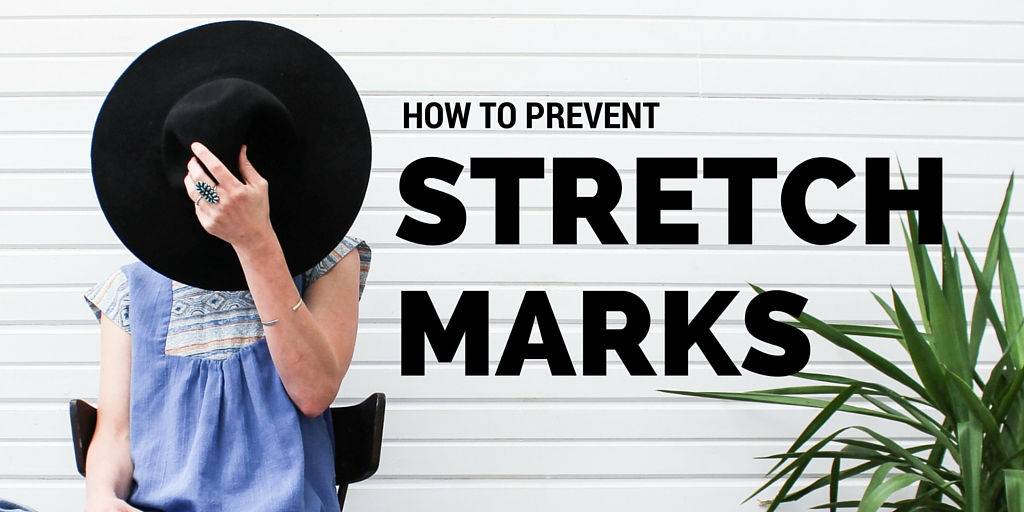Before looking into prevention methods and scar treatments, it’s important to know what stretch marks are and how they are caused. Within the large and diverse family of dermatological conditions, stretch marks (medically referred to as “striae”) are one of the most common scar types, especially in women. They’re a result of skin stretching to the point that the dermis and collagen fibers are weakened or torn.
Stretch marks are dermatological conditions often associated with pregnancy, but they can actually be caused by many different factors including weight gain, physical growth, and puberty. They’re typically found on the abdomen, breasts, hips, and thighs in the form of pink, red, or purple streaks.
The most obvious way to prevent stretch marks is to avoid gaining weight or stretching the skin more than usual. But admittedly, sometimes those prevention methods are inevitable and difficult to avoid. Another thing to be cautious of is overuse of corticosteroid medications that can be found in creams, gels, or ointments. The hormone found within these medications, Cortisone, weakens the elastic fibers in skin and can be a risk factor for stretch marks if it’s overused. Another way to avoid stretch marks is to keep hydrated inside and out. It’s been said that seaweed wraps, home remedies, and creams and oils like cocoa butter and olive or coconut oil can help prevent stretch marks, but there isn’t much evidence that supports these methods as strong preventative measures--especially for old and well-developed scars/marks.
Although there isn’t a definitive way to prevent stretch marks, there are plenty of scar treatments and scar products that are recommended for those who wish to get rid of existing stretch marks. Many scar treatments can be found in home remedies, but there are also medical procedures and scar products that help improve the appearance and texture of stretch marks as well such as laser therapies, microdermabrasion, and retinoid cream.
It’s important to remember that the results of scar treatments and scar products can vary. It depends on the specific dermatological condition and certain factors like how long you’ve had the stretch marks, your skin type, and convenience (since some therapies require routine doctor visits). Be sure to talk to your doctor about which method is best for you before taking action.
Written By: Jordan Rawlinson

